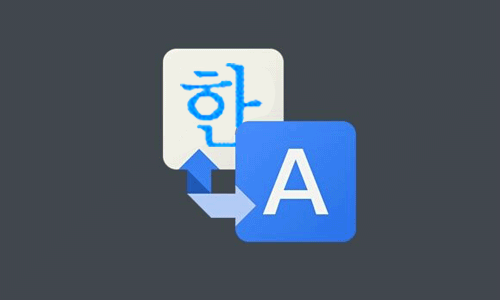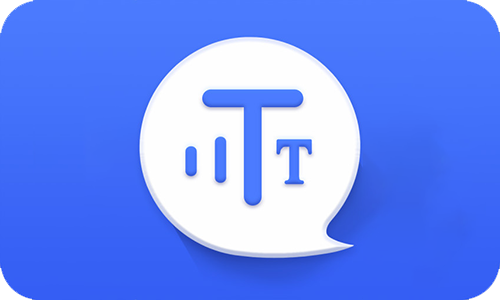Hangeul-Hanja/Hanja-Hangeul Dictionary
Explore seamless Hangeul-Hanja conversions with our advanced online dictionary. Master Korean characters and Hanja with user-friendly features designed for all skill levels. Enter Hangeul or Hanja below and click Look Up.
당성 Search Result
| Hangeul | Hanja | Explanation |
|---|---|---|
| 객관적타당성 | 客觀的妥當性 | |
| 당성 | 黨性 | |
| 당성 | 當城 | |
| 당성낭 | 唐성낭 | |
| 당성냥 | 唐성냥 | |
| 당성앙 | 唐성앙 | |
| 무당성 | 無黨性 | |
| 배당성향 | 配當性向 | |
| 보편타당성 | 普遍妥當性 | |
| 부당성 | 不當性 | |
| 상당성 | 相當性 | |
| 입당성가 | 入堂聖歌 | |
| 정당성 | 正當性 | |
| 정당성 | 政堂省 | |
| 초당성 | 超黨性 | |
| 타당성 | 妥當性 | |
| 호당성 | 好糖性 |
Hanja (한자, 漢字) refers to Chinese characters adapted into the Korean language, historically serving as the primary writing system in Korea for over a millennium before the invention of Hangeul in the 15th century. Rooted in classical Chinese, Hanja played a foundational role in shaping Korean vocabulary, particularly in academic, legal, religious, and literary contexts. Approximately 60% of modern Korean words derive from Sino-Korean roots, making Hanja essential for understanding nuanced meanings, homonyms, and specialized terminology in fields like law, medicine, or history.
Although Hangeul, Korea’s phonetic alphabet, replaced Hanja as the everyday script, Hanja remains culturally and linguistically significant. It is still used in official documents, personal names, historical texts, and newspaper headlines to clarify meaning or convey formality. For learners, studying Hanja enhances vocabulary retention, deepens comprehension of compound words (e.g., “학교” [學校, school] or “의사” [醫師, doctor]), and bridges connections with other East Asian languages like Chinese and Japanese.
Today, Hanja is taught selectively in South Korean schools, often as an elective, but its legacy persists as a key to unlocking Korea’s literary heritage and linguistic precision. Whether deciphering ancient texts or modern jargon, Hanja remains a vital thread in the tapestry of Korean language and culture.





 2024 ,
2024 ,